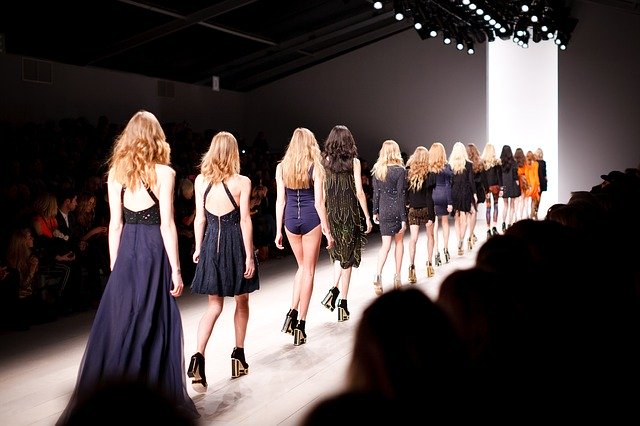5 Ways in which Fashion is Becoming more Sustainable in 2020
Behind the oil industry, the fashion industry is the second biggest contributor to pollution with fashion production making up 10% of humanity’s carbon emissions. It takes 7,500 liters of water to make one single pair of jeans, which is equivalent to the amount of water the average person drinks in seven years. While these numbers are startling, brands and designers are working harder than ever to offset the heavy pollution caused by them. Read on for just 5 ways fashion is becoming more sustainable.
Choosing More Sustainable Fabrics and Dyes
Designers are turning towards fabrics that are processed and dyed using as few toxic chemicals as possible. Brands like Reformation are maximizing their reliance on sustainable fabrics that are organically grown such as linen. Other brands, when needing to use synthetic fabric, are focusing on recycled content which is a good place to start when talking about sustainability. This conversation has never been more relevant when it comes to fashion’s favorites accessories and trimmings as well. More and more designers are turning towards faux leathers, furs, and accessories incorporating more and more real pearls, which are often seen as more ethical and sustainable than diamonds.
Another factor to consider when aiming to make clothes more sustainable is the transport methods. Garments transported by air rather than container ship and rail are ten-fold the impact on climate change. Clothing moved by trucks is also significantly more polluting. Even care labels are being considered when making a garment. Fewer brands are turning towards dry cleaning only care instructions as it relies heavily on dangerous toxic solvents.
Cutting Down on Waste
More designers are working to cut down on waste elimination through hiring expert fabric cutters who utilize as much fabric as possible when cutting out patterns for garments. However, most designers have to be their own advocates when it comes to getting the waste scraps back from the suppliers. More and more designers are fighting to get back waste scraps and off-cuts so the textiles can be responsibly recycled.
While waste cuts can’t be completely eliminated from the industry, the conversation on how they are dealt with plays a large role in reducing the industry’s carbon footprint. Imagine if the textiles could be given to a recycler or even better yet, reused in some capacity, so a much more sustainable fashion practice can continue.
Rise of “Slow Fashion”
While buyers always want to dress in style, fast fashion is the main cause of sustainability issues in the industry. It has been suggested that fashion will become “slower” with the thought that slow fashion may become the new norm. Consumers will turn towards classically styled garments that will last them years instead of months. Building a capsule wardrobe can also help ward off impulse purchases of the latest trends and contribute to slow fashion. Starting and changing the conversation around clothing starts with us, however.
Though many brands are pushing towards slow fashion, they actually say the holdup is the consumers themselves. Whether it is a general lack of awareness of the issues the fashion industry is creating, or the unwillingness to pay the price for premium sustainable products, the growth of ethical consumption has still not completely taken over mainstream fashion.
Rise of Renting Clothes
In the past, renting clothing was done only for formalwear and suit jackets, whereas now consumers can turn to clothing rental to keep up with the latest trends and refresh their everyday wardrobes.
Subscriptions are no longer reserved for your favorite publication, but now shops are offering subscription packages where you can rent several garments at a time for one flat monthly fee. They are tracking the same brand and trend awareness that draws consumers to purchase from fast fashion brands and analyzing what styles are popular– which all helps to avoid waste and impulse consuming.
Renting clothes capitalizes on a “buyer’s high” shoppers still seek when purchasing a new garment – and with the act of renting and receiving clothes they can still feel the same without putting a dent in their bank or the environment.
How Second-Hand Shopping Has Changed
While renting may not be for everybody, second-hand clothing marketplaces are also increasing in popularity. Mobile apps such as Depop allows users to buy or sell their clothing while combining popular features from Instagram and Twitter like commenting and liking posts.
Before the market may have only been second-hand or thrift stores, whereas Depop and Poshmark are shifting the narrative of what it means to shop used clothing. The apps are targeting impressionable groups which may change the conversation on how we shop in the future.
Gone are the days of sifting through musty second-hand stores. Instead, buyers can turn towards these outlets to buy gently used clothing and accessories from their favorite brands. With easy search engines and popular marketing tools, the rise of second-hand clothing apps has become mainstream in fashion. This reduces overall consumption and focuses a little more on the “reuse” part of reduce, reuse, recycle.

